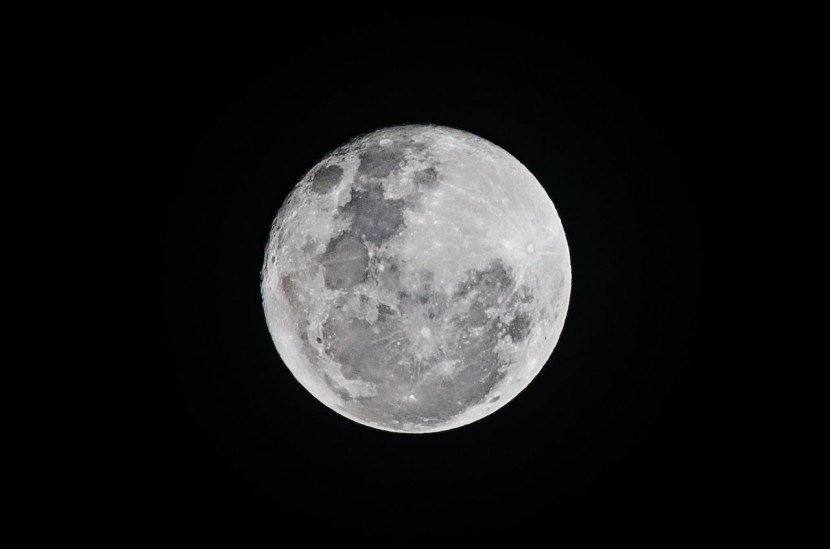
Scientists are working on implementing a Global Positioning System (GPS) on the moon to aid astronauts in navigating through deep space as NASA aims to shuttle personnel back and forth from our planet's satellite.
The work comes as NASA and the European Space Agency are looking to put humans back on the lunar surface by 2025 and set up a permanent lunar base that orbits the satellite in the next couple of years.
GPS System on the Moon
On the other hand, China and Russia are also working together to establish a separate lunar base for astronauts with planned crewed landings for 2036. However, astronauts currently rely on expertly trained engineers who are constantly directing their missions from the ground.
This process will quickly become unsustainable with missions shuttling back and forth from the moon. Space agencies are working together to put satellite navigation, or satnav, on rockets traveling the 239,000 miles between our planet and the moon. Furthermore, they are planning to construct a new navigation network around the Earth's satellite, as per Business Insider.
Currently, the only way for astronauts to get from point A to point B in space is with engineers making complicated calculations based on physics, tailor-made for every mission. The only point of reference that a spacecraft has while flying through space is our planet. This means that it needs to ping a signal back to Earth to understand its current location, which results in massive blind spots.
The issue was highlighted when NASA completely lost communication with the Orion spacecraft used in the Artemis 1 mission when it was traveling behind the moon. For several minutes, all that engineers could do was wait and hope that they would see the craft emerge safely on the other side.
According to SpaceRef, a research engineer at NASA's Goddard Space Flight Center in Greenbelt, Maryland, Alvin Yew, said that explorers knowing exactly where they are as they explore the lunar landscape was crucial for safety and science geotagging.
Artificial Intelligence
Despite NASA's work with other space agencies to bring "internet-like" capabilities to the moon using LunaNet, explorers in some regions of the moon may require overlapping solutions derived from multiple sources. This would ensure safety should communication signals become unavailable.
Yew added that it was critical to have dependable backup systems when talking about human exploration in space. He said that his motivation was to enable lunar crater exploration where the entire horizon would be the crater rim.
He is now making an artificial intelligence system that could be capable of leading explorers around the lunar surface. Similar to how GPS works on our planet, Yew is teaching AI to mimic lunar horizon features as they would appear to a lunar explorer.
The scientist was able to develop the technology using data from NASA's Lunar Reconnaissance Orbiter, specifically the Lunar Orbiter Laser Altimeter (LOLA). It measures slopes and lunar surface roughness, or simply, generates high-resolution topographic maps of the moon that can be used to identify precise locations for any given area, Interesting Engineering reported.
Related Article: Scientists Discover 2 Never-Before-Seen Minerals Inside 15-Ton Meteorite That Crashed in Africa
© 2025 HNGN, All rights reserved. Do not reproduce without permission.








